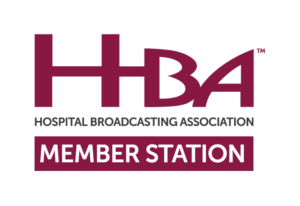Genetic haemochromatosis (also known as “GH”) is a condition where a person absorbs too much iron from their diet (they are said to “load iron”). The body cannot naturally get rid of the extra iron. The extra iron is stored in the organs and soft tissues – this is haemochromatosis, or “iron overload”.
People who have the genes, and who load iron, might not experience symptoms or damage to their bodies. The human body can cope well with some extra iron.
Damage usually only occurs when there is a large amount of stored iron and it takes many years for this to build up.
Genetic Haemochromatosis is however, usually undiagnosed. When individuals are , the damage has already usually occurred to major organs in the body.
Genetic haemochromatosis is the most common genetic condition in people of Northern European ancestry – about one in 150 people are affected.
Among people with Celtic ancestry, the condition is even more common.
Earlier diagnosis saves lives.
Our aims are to:
To SUPPORT and inform people with genetic haemochromatosis.
To promote public AWARENESS of genetic haemochromatosis.
To encourage and support RESEARCH into haemochromatosis.
To EDUCATE healthcare professionals and others with an interest in genetic haemochromatosis.





